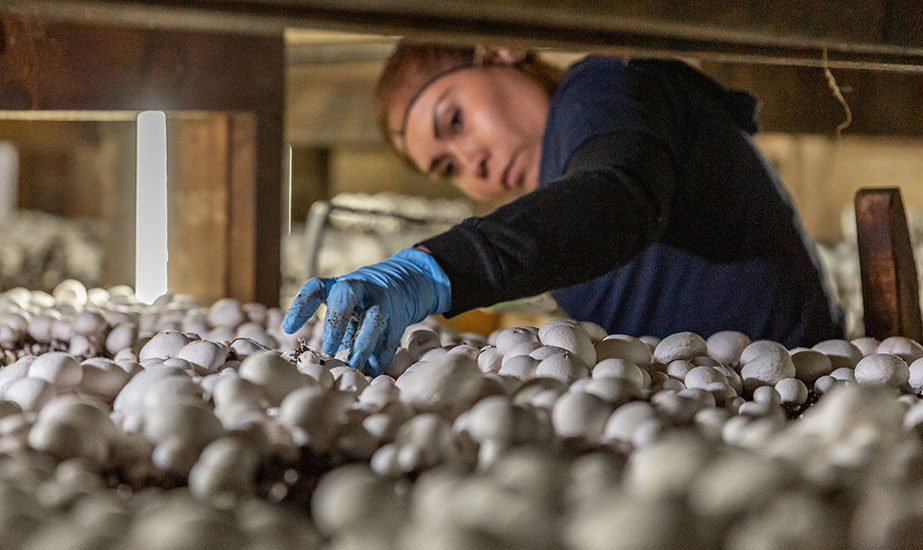Virtual Farm Tour Video
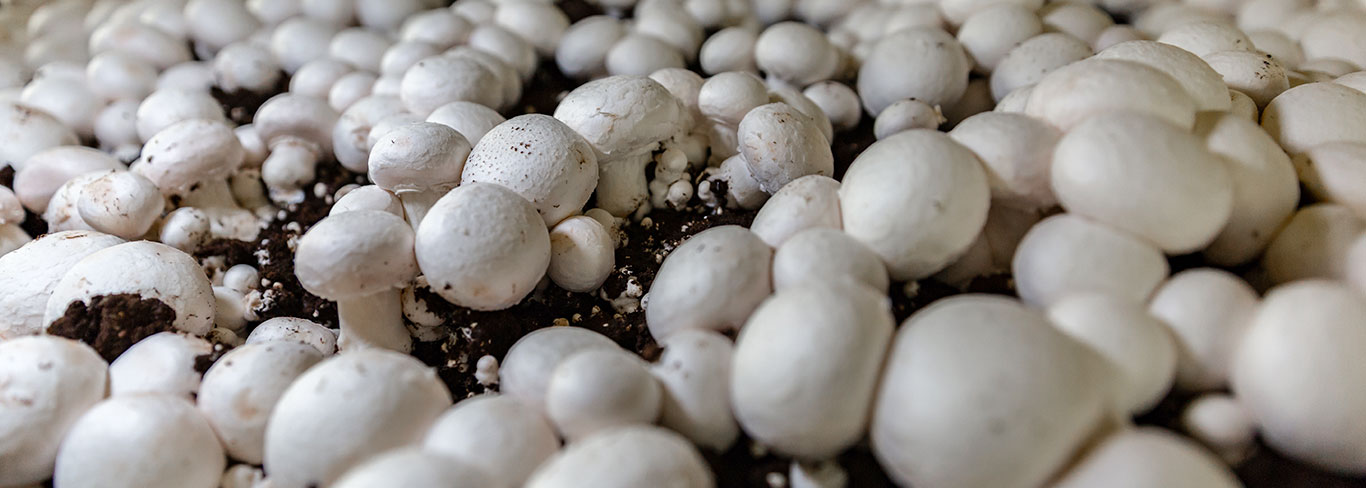
Mushrooms are one of the most uniquely grown foods in the supermarket.
Ever wonder what it takes to get those meaty, umami-packed, nutritious mushrooms from the farm to your fork?
Shedding Light on What’s Grown in the Dark
Ever wonder how those meaty, umami-packed, nutritious mushrooms make it from the farm to your fork? Mushrooms boast a unique growing process that’s unlike any other fruit or vegetable you’ll find in the produce aisle. That’s because mushrooms are technically considered fungi – unlike plants, mushrooms lack chlorophyll to make their own food through photosynthesis and instead exist on a substrate of organic material. Grown indoors on a year-round cycle, mushrooms have one of the most interesting farm-to-fork agricultural stories.
The Journey of Farm-to-Fork
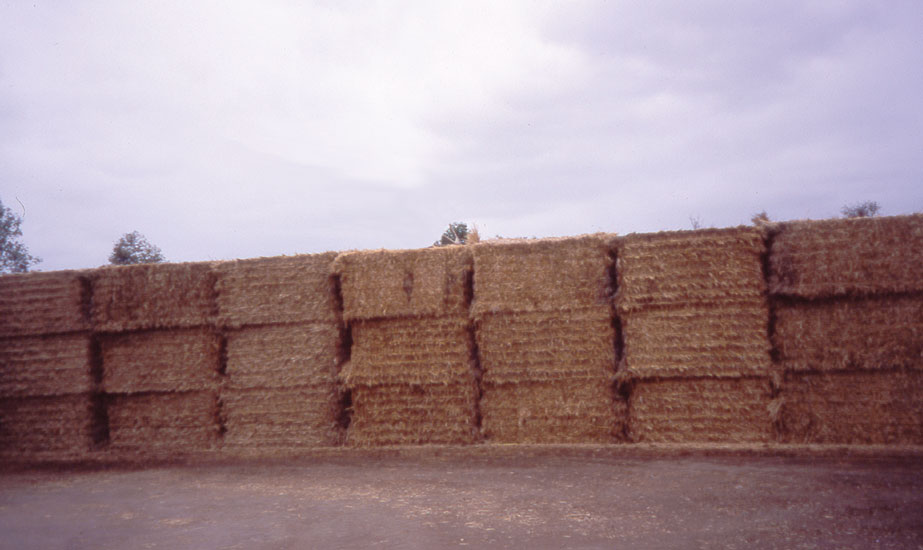
1. Making the Mushroom Bed
Because mushrooms have no chlorophyll, they must get all their nutrients from the organic matter in their growing medium, the compost. Making mushroom compost involves wetting and mixing organic materials including corncobs, hay, straw, cottonseed and cocoa seed shells, and nitrogen supplements to initiate aerobic fermentation (composting), which lasts about 7-14 days. The compost is then made mushroom-ready by pasteurization and a highly controlled temperature dependent process to remove any ammonia. The bed is now ready to use to help mushrooms grow!
2. Spawning
Just as a tomato comes from a plant with roots, stems and leaves, mushrooms arise from thin, thread-like cells called mycelium. In order to propagate the compost with “mushrooms’ roots”, growers use mushroom spawn (grain or seed that’s been inoculated with mushroom spores) to transfer the mycelium to the beds. The time needed for the spawn to colonize the compost varies but usually takes about 14-21 days.
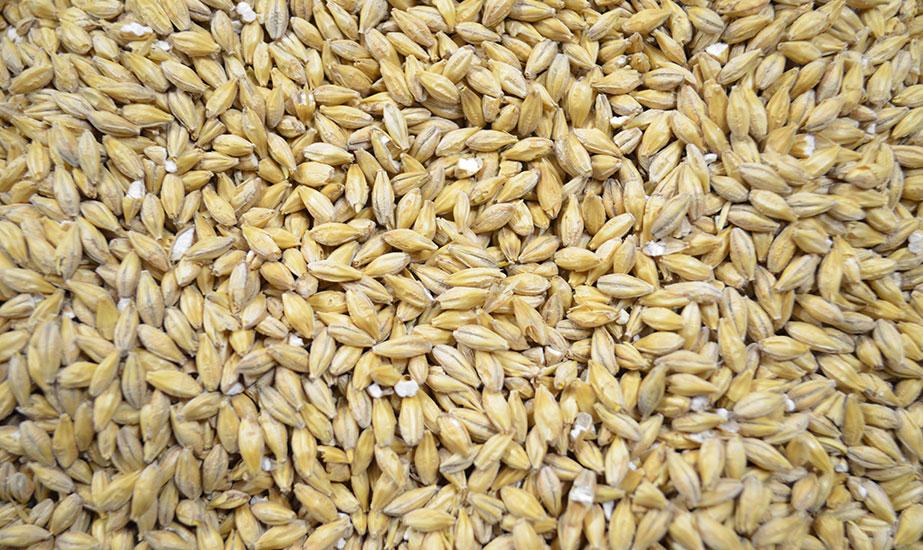
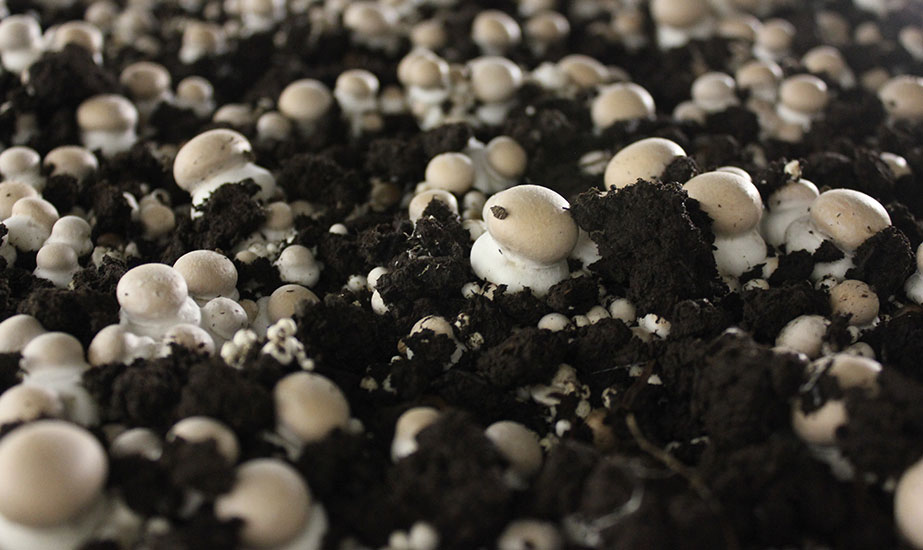
3. Casing and Pinning
Casing, made of peat moss and limestone, is spread over the mushroom bed, acting as a reservoir to hold in moisture. Eventually, tiny white protrusions form on the mycelium and push up through the peat casing – a process which is referred to as pinning. The pins continue to grow into buttons and into larger mushrooms. Mushrooms are typically ready for harvest about 18 to 21 days after casing.
4. Harvesting
Mushrooms are harvested by hand throughout a 16-35 day cycle. It takes about 15 weeks total to complete a growing cycle. After the mushrooms are harvested, the house is emptied and steam-sterilized before the process begins again and the remaining compost is recycled for potting soil. The harvested mushrooms are set in carts, refrigerated and then packaged and shipped quickly to supermarkets, food processors and restaurants. The entire farm-to-fork process from the time the farmer starts preparing the compost until the mushrooms are harvested and shipped to market takes about four months.
